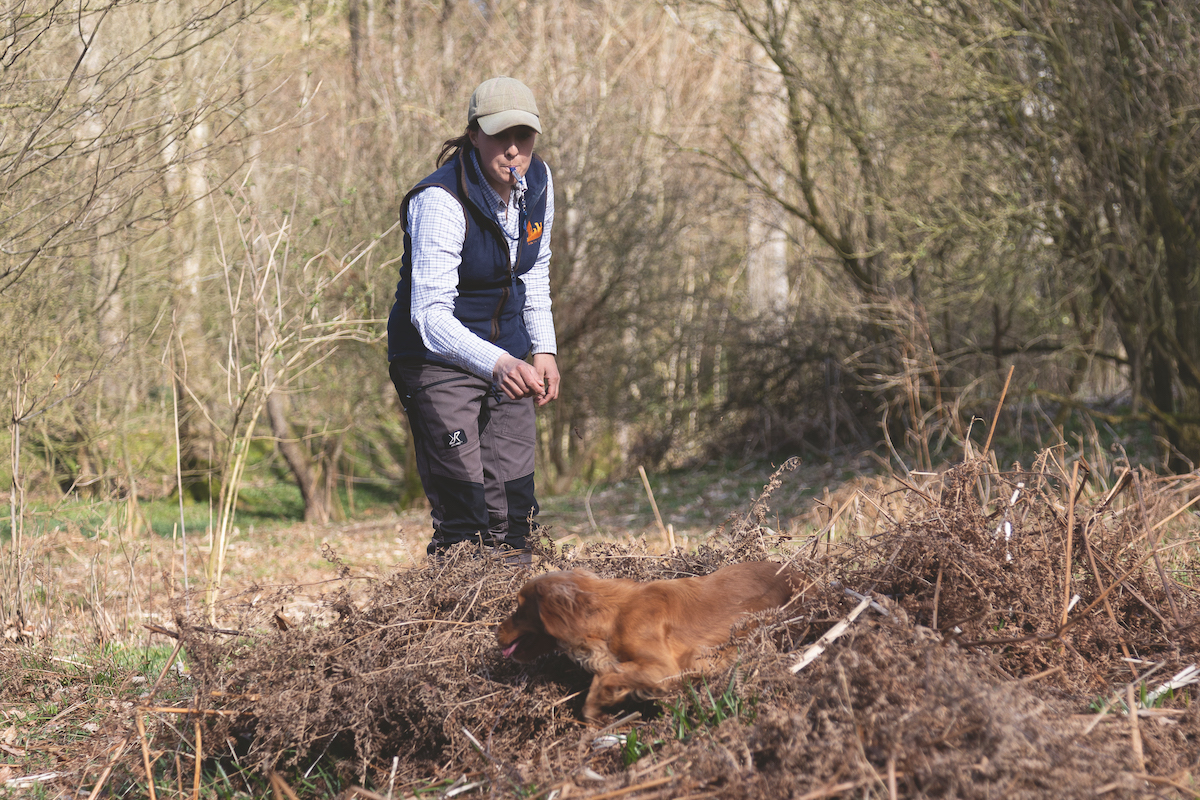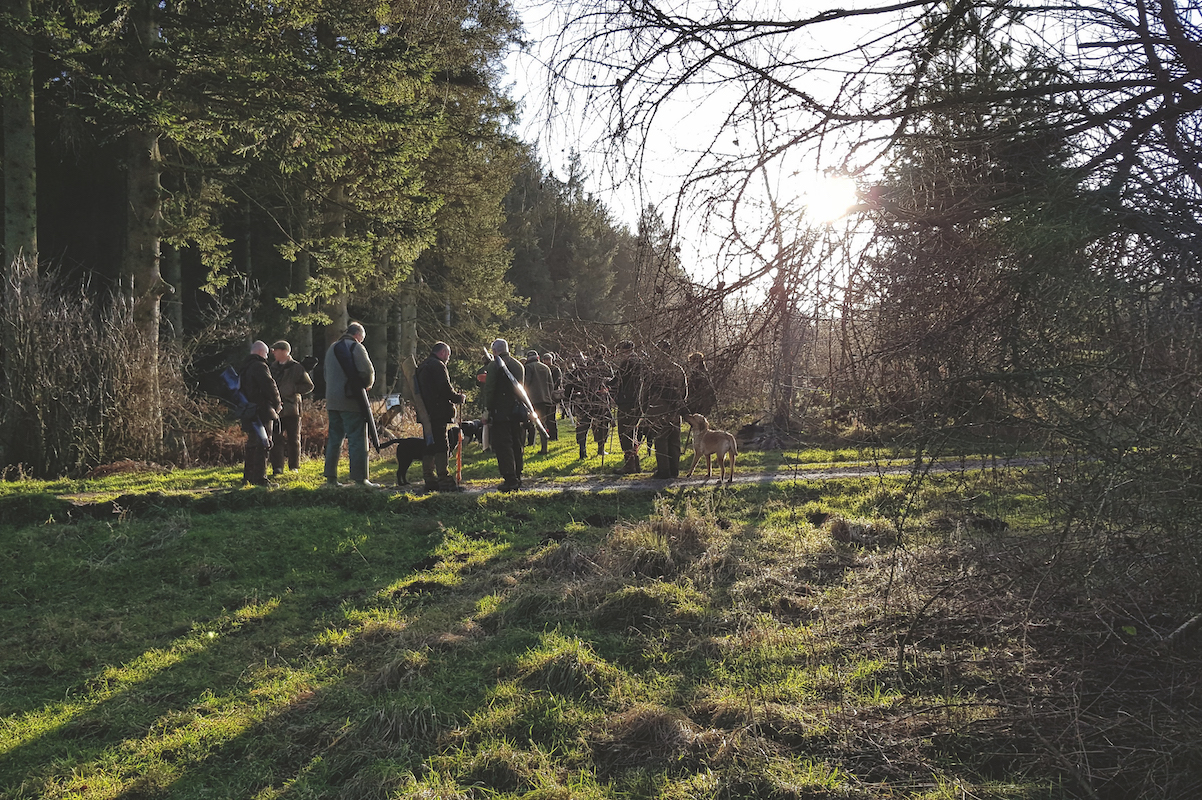How to improve your gundog’s gun sense
Fran Ardley on getting your dog used to the shooting field as well as enhancing its gun sense.
A dog that has gun sense is a real attribute in the shooting field, whether you are picking-up or shooting over your dog, or even hunting them in a line for walking Guns. Some dogs have natural gun sense; it seems to be in their DNA. However, others have to be taught the skill and it is something that I incorporate in all of my dogs’ training regimes.
Before we look at how we can train this useful behaviour, let’s look at why it is so beneficial to the handler. The easiest way to explain this is that you want a dog to learn that a possible retrieve is going to come from the direction that a gun is pointing. It never fails to amaze me how quickly they catch on. A dog’s eyesight is particularly sensitive to movement, so the very action of us mounting a gun will draw the dog’s eye to us. However, ultimately, we do not want it to be looking at us, we want it to be looking at the direction the gun is pointing, which will hopefully be at our quarry.
Imagine your dog is unsighted from the flush but can see the handler and has learnt that when sent for the retrieve if it takes a line in the direction the gun was pointing it will find its retrieve. That is far more efficient than being handled, especially if it is a pricked bird or a legged rabbit and needs to be picked quickly.
Gun sense in a dog is not only visual it can also be audible. If you have ever seen retrievers walking to heel in a line of walking Guns, watch how quickly the dogs acknowledge the sound of a shot, no matter how far up the line it is. But if they are sent for a retrieve, they don’t run to the Gun, they run out in the direction the shot was taken, another form of gun sense. In competition, a dog that has good gun sense can make the difference between winning and losing, providing everything else is in place. Obviously, you cannot begin to train this until later in a dog’s development. First, it should be steady to thrown dummies.
Desensitisation

Use a walking stick if you don’t have access to a shotgun

Wave a stick around the dog to begin the process
The desensitisation of having something being swung around is something not every dog will have to undergo but it is a process I like to train to ensure the dog is confident and is not going to be cowed. Not everyone has the opportunity to train using a shotgun, so you can use a walking stick. Sit the dog next to you and also in front, and wave the stick around the dog, watching out for any adverse reaction. The dog will probably be watching you, especially if you have developed a good eye contact/focus, but don’t worry about this at this stage.
What’s the point
As we know, dogs learn by repetition, so the next stage is to get the dog sat next to you and throw out a dummy while pointing your stick in the direction of the retrieve. Your dog will inevitably look out towards the retrieve, but it will also be aware of the direction you are aiming the stick. This may sound a bit far-fetched but it is exactly the same process as when we are teaching a dog to go left and right, they are following the direction we are pointing.

Point your stick in the directionof the retrieve

Throw out a dummie while pointing your stick
On the move
If you have one of the hunting breeds you will need to practise the exercise with the dog hunting out in front of you. I initially train the exercise as static and once the dog has the idea, you can move on. Set the dog off quartering and when the dog is hunting nicely, throw out the dummy and again point the stick in the general direction. You can test this exercise to see if the dog understands what it needs to do by setting up a blind retrieve and pointing the stick in the direction of the dummy. If the dog has fully learnt the skill, he should look in the direction that you are pointing your gun or stick.

Once the dog has the idea in static training, it is time to start moving
Out with a bang
Up until now you have been working on the visual aspects but now you can introduce the sound of shot. You can use a starting pistol to make the bang, but you can still use a stick to simulate a shotgun. Initially, you may find the dog will again look back at you, but go through the same process as above and the dog will quickly get the idea. Remember, don’t always point forwards to change the angles as you would in the shooting field.

By adding sound the dog will quickly get the idea
And finally
Depending on your availability of training ground you could use a shotgun to train all the aspects of this exercise, but I suspect most people will have to use the artificial methods.

Using a shotgun in training will be a better option








